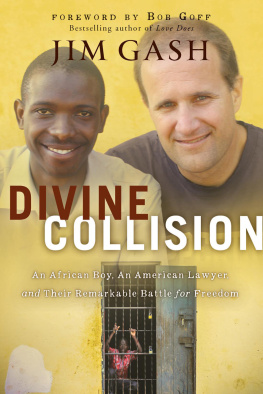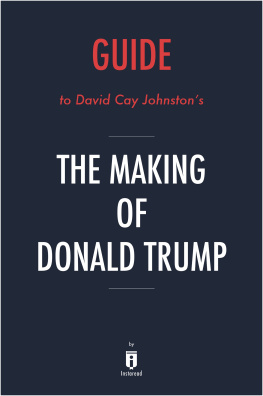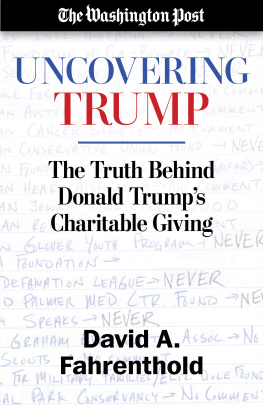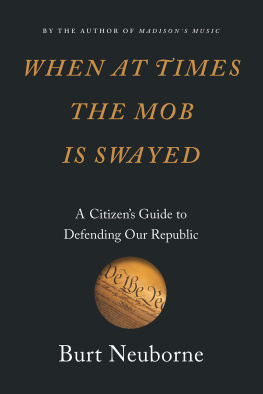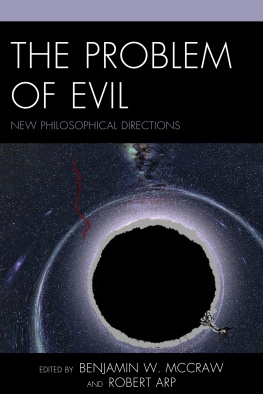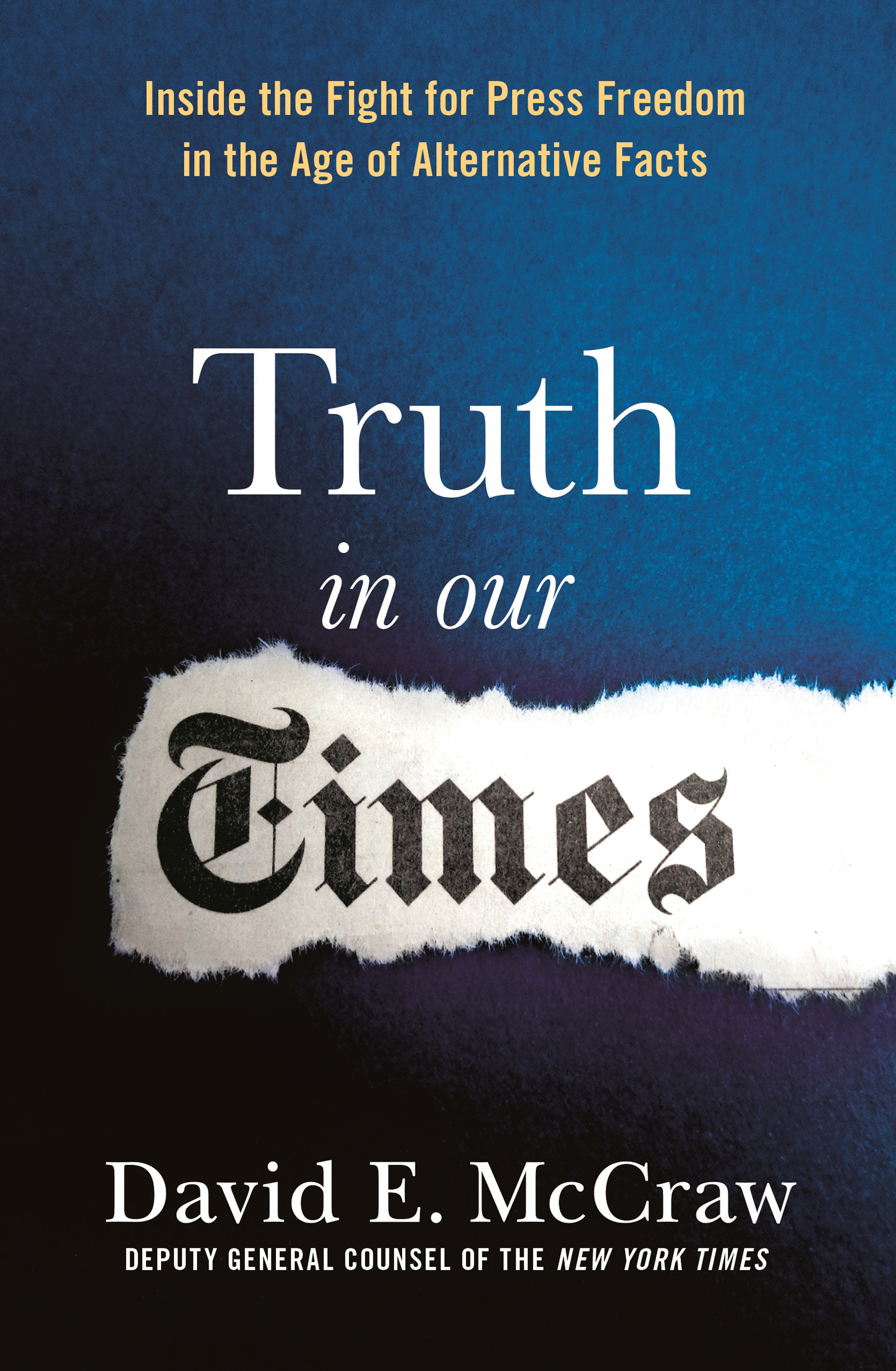The author and publisher have provided this e-book to you for your personal use only. You may not make this e-book publicly available in any way. Copyright infringement is against the law. If you believe the copy of this e-book you are reading infringes on the authors copyright, please notify the publisher at: us.macmillanusa.com/piracy.
This book tracks a particularly unsettling period in American press freedom. It begins with the turbulent presidential campaign of 2016 and then follows the escalating hostilities between the press and the president through the first year and a half of the Trump administration. The administrations war with the press comes with no clock. By the time you read this, much more will have happened: new skirmishes with reporters, a scattershot barrage of fake news tweets, another round of calls for the scaling back of press freedom. But the events that unfolded in the last months of the campaign and the first months of the new administration were critical. It was in those days that each side, and America, came to understand what the terms of engagement were going to bewhat shape the attack on the American press would take and how the press would respond.
I have spent a decade and a half as the newsroom lawyer for The New York Times. I set out with a modest objective for this book: to let readers look behind the scenes at some of the most consequential reporting done by The New York Times and to understand how, sometimes quietly and sometimes not, the law protected journalism, shaped it, and, in a more fundamental way, made it possible. I did not want this to be either an abstract treatise on the First Amendment (although the law is front and center throughout the book) or a blind rant about Trump (even though the president fares poorly in virtually every chapter, at least until Harvey Weinstein shows up). The reason for that is simple: Americas tradition of press freedom will not survive if the First Amendment strikes people as abstract and disconnected from the real life of the country or nothing more than a vehicle for advancing some political agenda. In journalism, the First Amendment happens at ground level, empowering and illuminating choices that journalists make every day in their pursuit of the truth. That is the story told in these pages.
Not everything can be told here. I am a lawyer, and that means there are confidences that cannot be shared. I work with journalists doing cutting-edge reporting, and that means they have sources who have to be protected. I have played a pivotal role in the rescue of journalists when they have been kidnapped or detained overseas, and some of the details of what happened remain secret. But within those bounds, I have tried to honestly capture the real interplay between lawyers and journalists in the nations most important newsroom. This is not a lawyer-as-hero book, as much as I wish it were. I was wrong about Trump for much too long. I held back at times when the press should have been making its case more forcefully, either in the court of public opinion or in a court of law. I misjudged how polarized America had become on the issue of press freedom.
For most of my time at the paper, to be a lawyer for The Times was to occupy a fairly tidy corner of the First Amendment world. People complained about stories, detected what they were sure was bias, challenged (sometimes correctly) our facts, and railed against our editorial positions. A few of them were even motivated to sue. But, even among our harshest critics, few people seemed to question that press freedom mattered, that we were all better off with a press that was free to report inconvenient truths, take on the government, and speak up about the excesses and missteps of powerful companies. Now we live in a time when the president demands that laws be changed to rein in First Amendment freedoms and denounces the press as the enemy of the people, a stain on society, traffickers in fake news. The problem is not so much that he says all of that; the problem is how well it plays, delighting crowds that, in a frenzy, turn to jeer the assembled press corps covering the event.
In the days when I was completing this book, a gunman opened fire in the newsroom of a newspaper in Maryland, killing five people. The White House press secretary declined to say that the press was not the enemy of the people. One of the presidents lawyers, Rudy Giuliani, went on national TV to declare truth isnt truth. And the president himself asked the Department of Justice to open a criminal investigation to find out the identity of Anonymous, a senior government official who had committed the crime of writing a Times op-ed capturing the presidents erratic behavior, impetuous policy choices, and disregard for the rule of law.
Much of what follows here is not rendered in the dark colors of troubled times. The book is often irreverent, even funny (yes, even by a lawyer). Heres the thing: Its a joy to be a newspaper lawyer. Zany things happen, crazy people emerge from nowhere, and little is as intoxicating as being present at the moments that world-rattling journalism is taking form. Lawyering for a newspaper may not be a labor of love, but its pretty close, and I have tried here to capture the spirit that animates the work.
None of which should distract anyone from the real point: bad things are happening to democracy, and we need to do something.
The failing @NYTimes has been wrong about me from the very beginning. Said I would lose the primaries, then the general election. FAKE NEWS!
Donald Trump, Jan. 28, 2017
N OVEMBER 8, 2016: At 10:00 p.m. I made one last circuit of the newsroom. Our CEO, Mark Thompson, stood near the political desk, looking on with his wife and a small group of others connected somehow to The Times. Pennsylvania, Wisconsin, and Michigan remained in doubt, but the reality was sinking in: Donald Trump was on the verge of winning the American presidency. I have been in newsrooms on election night before. I know how it is supposed to be. The only thing that ever mattered was the horse race (think Gore-Bush) or the historic moment (think Obama-McCain). There was no investment in which candidate was winninghe (or she) was destined to disappoint in the long runand the dominant emotion was a certain not-quite-cynical detachment amid the electric buzz of the vote count and projections and the anticipation of relief that the endless push of the campaign was finally over. Sure, you couldnt ignore the victories or the big-picture moments, and the day-after stories would be celebratory in their wayduly restrained but with a nod to victory itself, not unlike the next-day account of a Super Bowl or Game Seven of the World Series.
Capture the triumph for a night or relish the race too close to call. Leave the dancing and the crying for others, for believers. But this night was like no other election night. There had been an investment, not just journalistic but spiritual. Donald Trump had campaigned not just against Hillary Clinton but also against The New York Times and the mainstream American press. And his astonishing rise to the top of the Republican Party had been built on a near-daily attack on factson the very idea that facts mattered. For journalists, who approach truth like a secular religion and who had seen a thousand times before how a single true story could gut the political career of a lying politician, it had been a year of faith-shaking disbelief. A line had not just been crossed but obliterated. The shock was palpable as the numbers came in, laced for some with the fading hope for a different outcome among people who generally wanted nothing more than a story worth telling. And there was still a paper to put out, a reckoning to account for.


